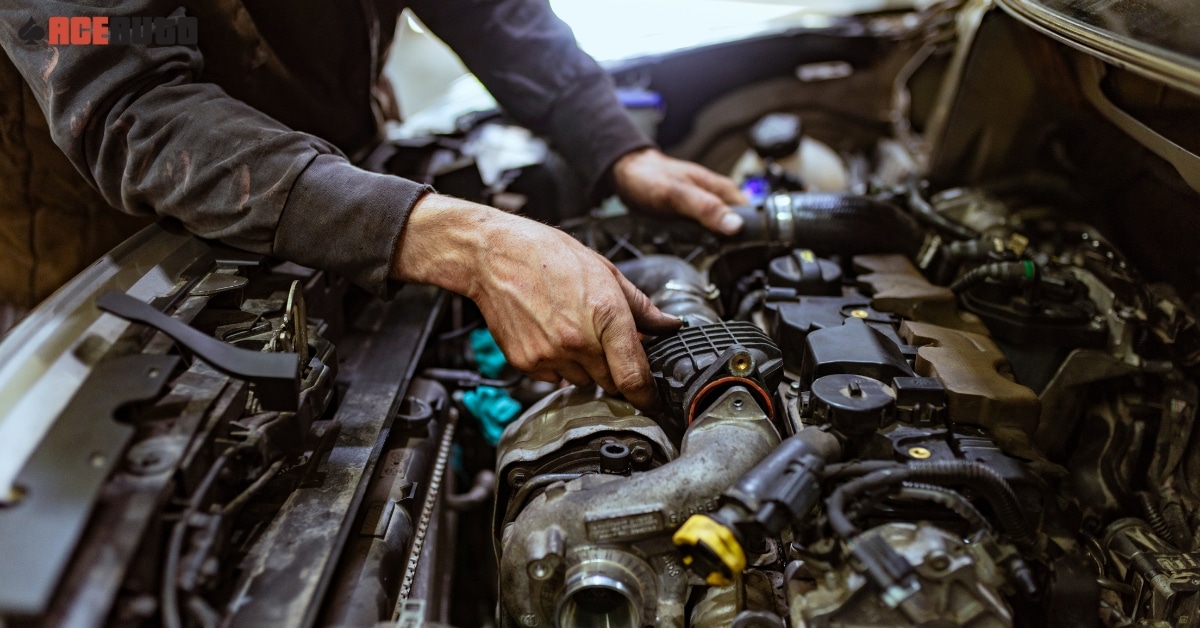All Categories
Featured

Preserving your vehicle's tires is important to make certain a smooth, safe, and effective driving experience. 2 key solutions that are commonly forgotten yet have a considerable effect on tire durability and performance are tire turning and placement. These services help maintain your vehicle running effectively and protect against irregular tire wear that can impact both security and gas economic situation. Let's study what tire rotation and positioning are and why they are necessary for your car.
What Is Tire Rotation? Tire rotation is the process of moving your tires from one position to an additional to guarantee they put on equally. Given that your automobile's tires function at different rates depending on their position (front tires versus back tires), revolving them regularly aids to disperse the wear evenly, resulting in a longer life expectancy for your tires.
Tires on the front axle have a tendency to use faster than those on the rear axle, particularly in front-wheel-drive automobiles, where the front tires handle both guiding and power. On the various other hand, back tires may wear erratically relying on the car's weight distribution and driving problems. By turning your tires every 6,000 to 8,000 miles (or as recommended by the producer), you'll guarantee a much more well balanced wear pattern.
What Is Tire Positioning? Tire alignment, likewise called wheel positioning, refers to readjusting the angles of your vehicle's wheels to the producer's specifications. Correct positioning makes sure that your tires are aiming in the appropriate direction, and it assists maximize tire life and enhance automobile handling. There are 3 major facets of alignment: camber, caster, and toe.
Camber refers to the tilt of the tires from the front of the car. If your tires are tilted excessive inward or exterior, it can trigger uneven wear. Caster describes the angle of the guiding axis when checked out from the side of the car. This impacts the security of the steering, particularly when driving straight. Toe describes the angle at which the tires aim internal or outside when seen from above. This impacts how your automobile tracks on the road. A correct alignment makes sure that all four tires are directing straight in advance and are tilted properly. Misalignment can result from striking holes, curbs, or just from the wear of suspension elements with time.
Why Tire Rotation and Placement Issue. Extended Tire Life. Both tire rotation and placement help prevent unequal tire wear. When your tires wear evenly, they last much longer, which can save you money over time by lowering the requirement for premature substitutes.
Improved Safety. Correct tire turning and alignment improve vehicle security and handling. Misaligned tires or unevenly used tires can adversely affect your capacity to guide and stop your vehicle, particularly in emergency situation scenarios. Routine upkeep guarantees your tires perform ideally, supplying a more secure driving experience.
Better Gas Efficiency. If your tires are not aligned appropriately, they may drag against the road surface, creating resistance. This extra friction can reduce fuel efficiency, triggering your lorry to consume more gas. Routine tire positioning makes certain that your car moves successfully, enhancing gas mileage.
Boosted Comfort. Imbalance or unevenly used tires can cause a rougher ride, as your automobile might pull to one side or trigger vibrations. By keeping your tires revolved and aligned, you'll delight in a smoother and a lot more comfortable driving experience.
Indicators That Your Tires Required Rotation or Placement. It's crucial to stay sharp for any kind of signs that your tires require rotation or placement. Watch out for these typical indications:
Unequal Tire Use: If you observe that a person tire is significantly extra worn than the others, it might be time for a rotation or positioning. Steering Pull: If your cars and truck pulls away while driving straight, this might suggest misalignment. Vibrations: If you feel resonances in the steering wheel or the automobile itself, maybe an indication of imbalance or irregular tire wear. Screeching Tires: Unusual tire sound might also indicate incorrect alignment or the need for a tire rotation. Exactly how Often Should You Revolve and Align Your Tires? Tire turning should generally be done every 6,000 to 8,000 miles or as defined in your car's proprietor's guidebook. It's a great concept to turn your tires throughout every oil modification, as this will certainly help you remain on top of routine maintenance.
When it comes to alignment, it does not call for as regular solution. Typically, positioning needs to be checked at the very least annually or whenever you discover problems like drawing to one side or vibration. You may also require placement if you have actually struck a large pocket or visual, which can throw your wheels out of positioning.
Final Thought: Maintain Your Tires in Top Forming. Tire rotation and alignment are important services that maintain your lorry running efficiently, safely, and successfully. By making the effort to have your tires turned and aligned routinely, you're purchasing your automobile's performance and long life, while additionally improving your safety when traveling. Remain aggressive with tire maintenance, and your vehicle will certainly thank you with much better fuel economy, improved handling, and expanded tire life.
Latest Posts
Simplify Your Trade-In Experience with Ron Marhofer Hyundai
Reliable Auto Solutions at Montclare Auto Repair - Book Your Service Today
Bring Your Event to Life at Yesterday's Creekside Tavern
More
Latest Posts
Simplify Your Trade-In Experience with Ron Marhofer Hyundai
Reliable Auto Solutions at Montclare Auto Repair - Book Your Service Today
Bring Your Event to Life at Yesterday's Creekside Tavern